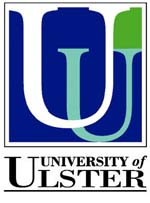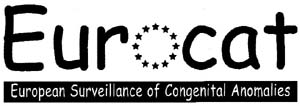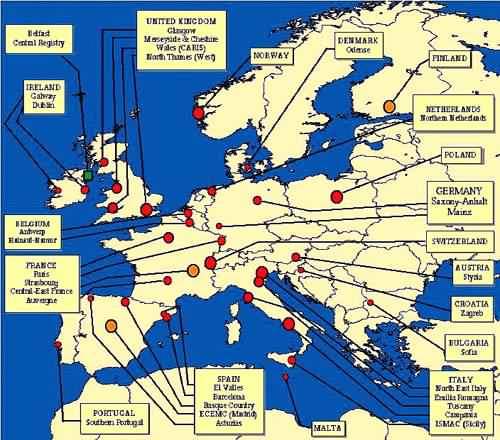| 2004 |

|
YEAR BOOK |
University of Ulster
|
WHO Collaborating Centre for the epidemiologic surveillance of congenital anomalies
|

|

|
What is EUROCAT?
-
A European network of population-based registries for the epidemiologic surveillance of congenital anomalies.
-
Started in 1979, it now covers more than a quarter of all births in the European Union.
-
More than one million births per year in Europe surveyed by 39 registries in 19 countries of Europe.
-
Standardised central database on more than 250,000 cases of congenital anomaly among livebirths, stillbirths and terminations of pregnancy, updated every year.
The Objectives of EUROCAT
-
To provide essential epidemiologic information on congenital anomalies in Europe.
-
To facilitate the early warning of teratogenic exposures i.e. those which cause developmental malformations in foetuses.
-
To evaluate the effectiveness of primary prevention.
-
To assess the impact of developments in prenatal screening.
-
To act as an information and resource centre regarding clusters or exposures or risk factors of concern.
-
To provide a ready collaborative network and infrastructure for research related to the causes and prevention of congenital anomalies and the treatment and care of affected children.
-
To act as a catalyst for the setting up of registries throughout Europe collecting comparable, standardised data.

Contact: Prof. Helen Dolk, EUROCAT Project Leader, EUROCAT Central Registry, Faculty of Life & Health Sciences,
University of Ulster, Shore Road, Newtownabbey, Co Antrim BT37 0QB;
Tel: +44 (0) 28 90366639; Fax: +44 (0) 28 90368341;
E-mail: [email protected] ; Web: www.eurocat.ulster.ac.uk